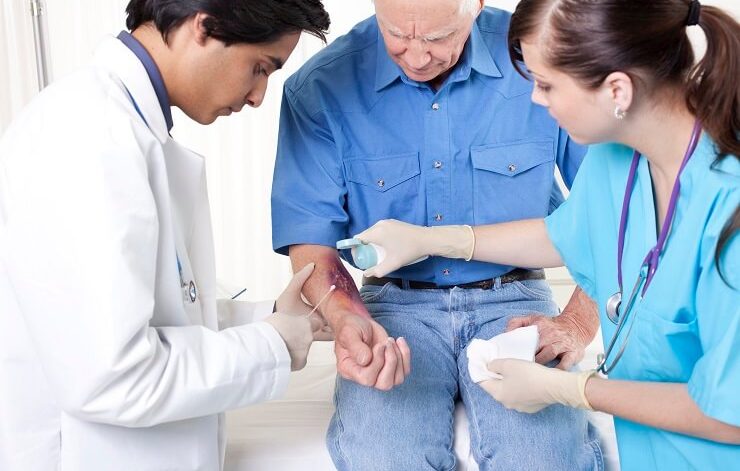ICD-10-CM (International Classification of Diseases, 10th Revision, Clinical Modification) is the system used by healthcare providers to code medical diagnoses and procedures. When coding burns in ICD-10, it’s important to follow the correct guidelines to ensure accurate and precise coding. Here are some coding tips to keep in mind:
- Identify the type and severity of the burn: Burns are classified by degree and depth, with first-degree being the least severe and third-degree being the most severe. Knowing the degree of the burn is important when coding because it affects the code selection.
- Code the location of the burn: The location of the burn is important to accurately code the burn. There are codes for burns of specific body parts and codes for burns of multiple body parts.
- Use the appropriate external cause code: External cause codes describe how the injury occurred, and they’re important for injury surveillance and research. For burns, there are codes for exposure to flames, steam, hot objects, and other sources of heat.
- Use the appropriate seventh character: Seventh characters are used to indicate the stage of treatment for the burn. For initial encounters, use A, for subsequent encounters use D, and for sequela, use S.
- Be aware of any associated complications: Burns can cause a variety of complications, such as infection, shock, and respiratory failure. It’s important to code any associated complications along with the burn.
- Follow the coding guidelines for burns: The ICD-10-CM guidelines for burns provide detailed instructions for coding burns, including which codes to use for different types of burns and how to sequence the codes.
By following these tips and guidelines, you can ensure accurate and precise coding of burns in ICD-10.

